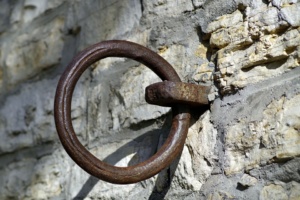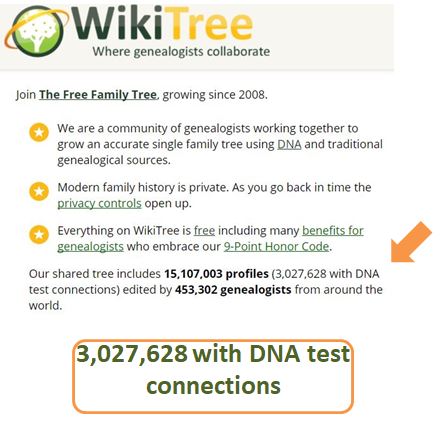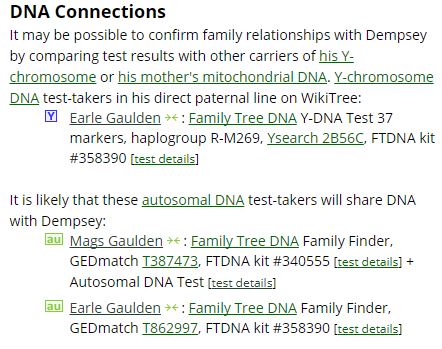Got Templeton DNA? We want you to join the research! Open Letter
My Name is Mags Gaulden and via DNA results, you and I match at some level, on our DNA, to the Templeton families of Laurens County, SC, York, County, SC, Davidsons Creek, Elk Shoals areas of Iredell County, NC, White County, TN, and Indiana. I have been researching our Templeton family for years. With DNA now available, I am using it to help identify and discover many things about our shared ancestry that have been lost or hidden until now.
Through the DNA and genealogy (genetic genealogy) work, I have been able to identify more connections of our earliest Templeton gateway ancestor (earliest immigrant to America), Robert Templeton, Sr., (abt. 1728 – abt. 1794) – connecting him to his brothers who also immigrated to the Carolinas.
Islandmagee, Northern Ireland
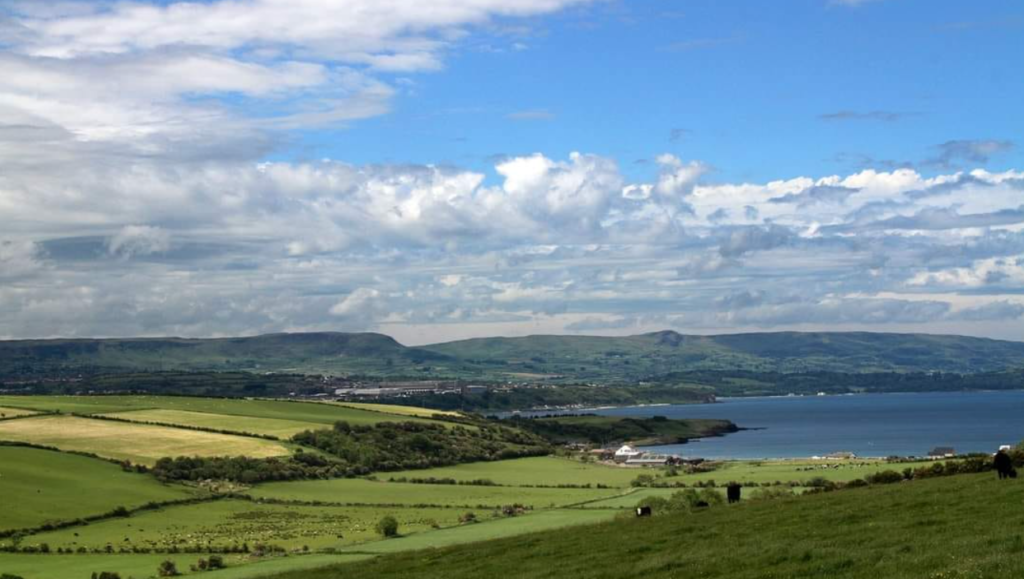
As a part of what I do as a professional genetic genealogist, I also speak and teach internationally about my work. Following one of my lectures, I was contacted by the North of Ireland Family History Society. They, it seems did some analysis on our Templetons through my and my family members’ DNA tests, and determined we had many, many matches to people who lived in Islandmagee, County Antrim, Northern Ireland. They started an Islandmagee DNA Group Project immediately and with boots on the ground, quite literally, they started looking for our Templetons. Well, they found them and then some!
BIG Y
We are currently waiting on a Big Y 700 DNA test (this shows the father, fathers line of patrilineal inheritance) to finish analysis to put a nail in things, as it were, but they have identified another line of our Templetons in Islandmagee, possibly back into the early 1600s.
Possible Templeton Matriarch
They have also possibly identified the general family of the wife of Robert Templeton, Sr., (abt. 1728 – abt. 1794). Some people have guessed her name through family lore, though no one has ever been able to produce any genealogical paperwork to identify who she is. With the help of DNA testers like you and me, the NOIFHS folks can do further analysis to focus in on our matriarchs family.
auDNA (Ancestry, 23andme, FamilyTree DNA Family Finder, My Heritage, Living DNA) Testers
We are also looking for DNA testers who have links to any of the Surnames associated with marriages into the Templeton family located in the Ballypriormore Cemetery who may connect to Laurens County, SC, York, County, SC, Davidsons Creek, Elk Shoals areas of Iredell County, NC, White County, TN, and Indiana. Cemetery surname listing: https://www.wikitree.com/wiki/Space:Ballypriormore_Cemetery.
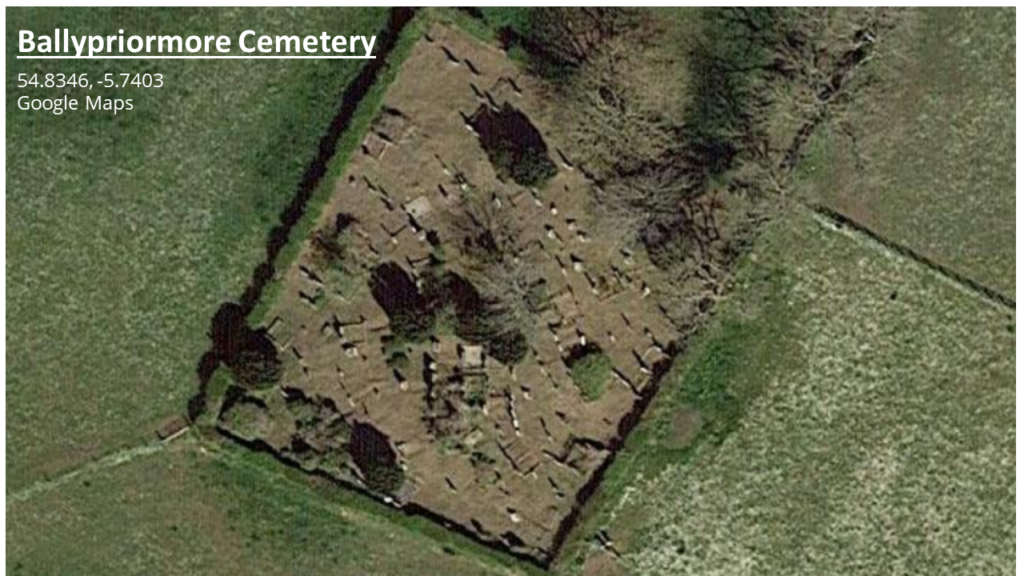
You can help if you have tested at any of the testing companies.
If you have tested at FTDNA, please join the Islandmagee DNA Group Project (https://www.familytreedna.com/groups/islandmagee/about). If you have tested anywhere else, you can transfer your auDNA data to FTDNA for free: https://www.familytreedna.com/autosomal-transfer and join the project. Thanks for taking the time to read and listen and hopefully think about joining our efforts to reveal more about our Templeton family.
Lecture On Findings
Jumping The Pond – Three Brothers in Carolina
I am be presenting, Jumping The Pond – Three Brothers in Carolina, The weekend of July 7-8th, 2023 if you are interested in hearing the minute, current details of this collaborative research. The South Carolina Genealogical Society Presents, The 2023 SCGS 50th Annual Summer Workshop- 2 Events! SC Dept. of Archives and History on July 7-8, 2023. https://www.scgen.org/event/save-the-date-the-2023-scgs-50th-annual-summer-workshop-2-events/




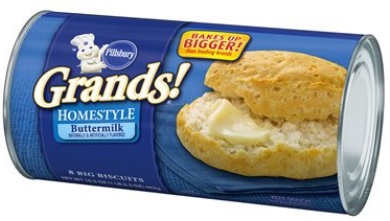
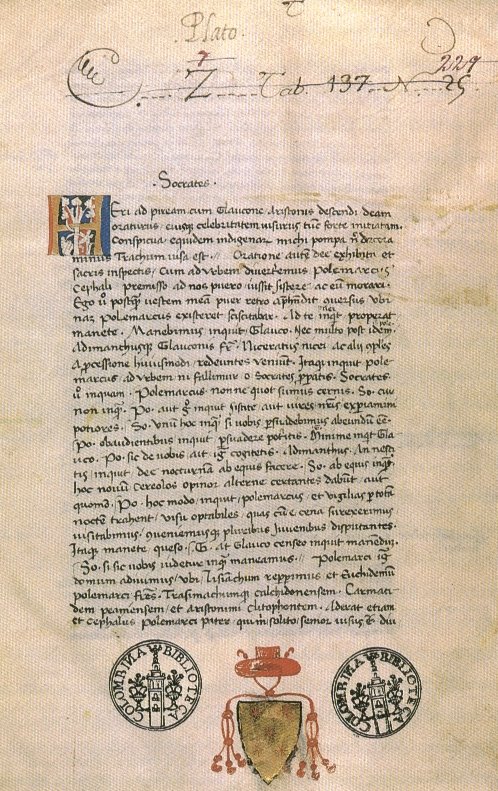
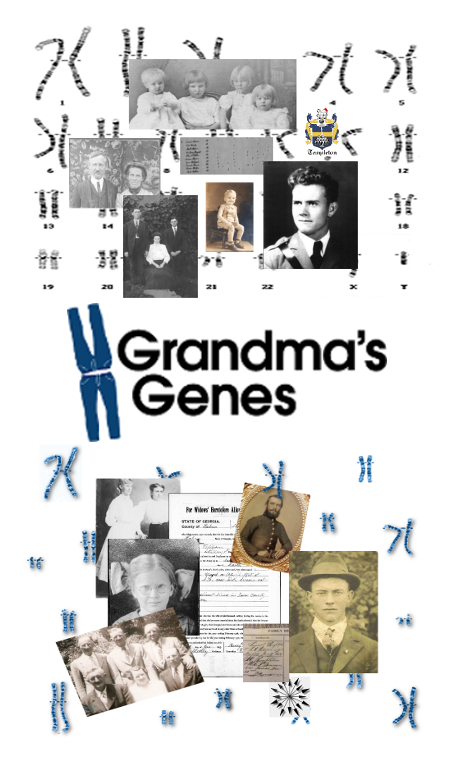
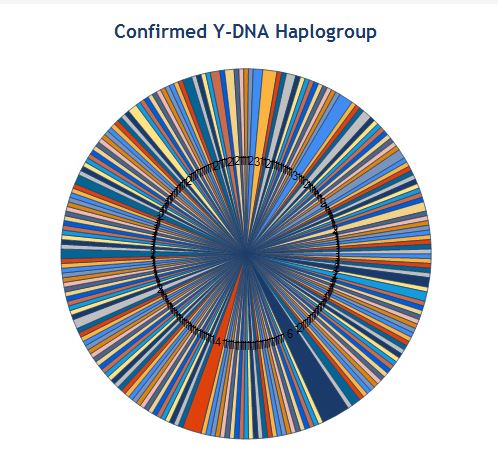
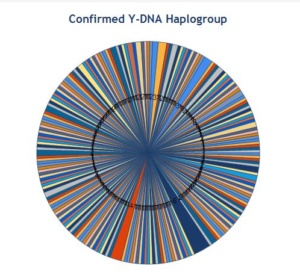
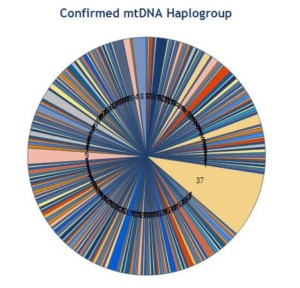
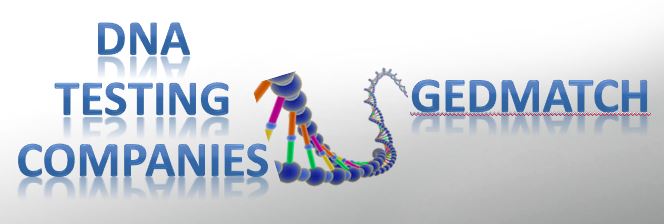
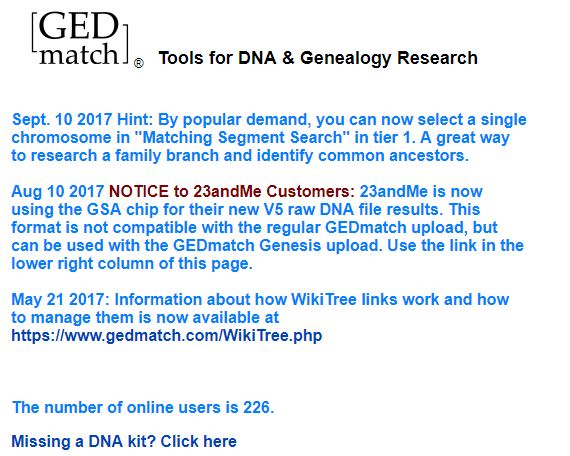
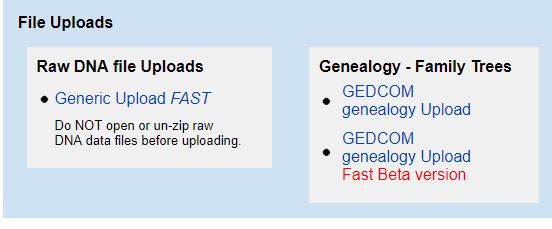 Once you are on your Profile page you will see the above box on the right of your page. Click on the Generic upload and it will take you to:
Once you are on your Profile page you will see the above box on the right of your page. Click on the Generic upload and it will take you to:
